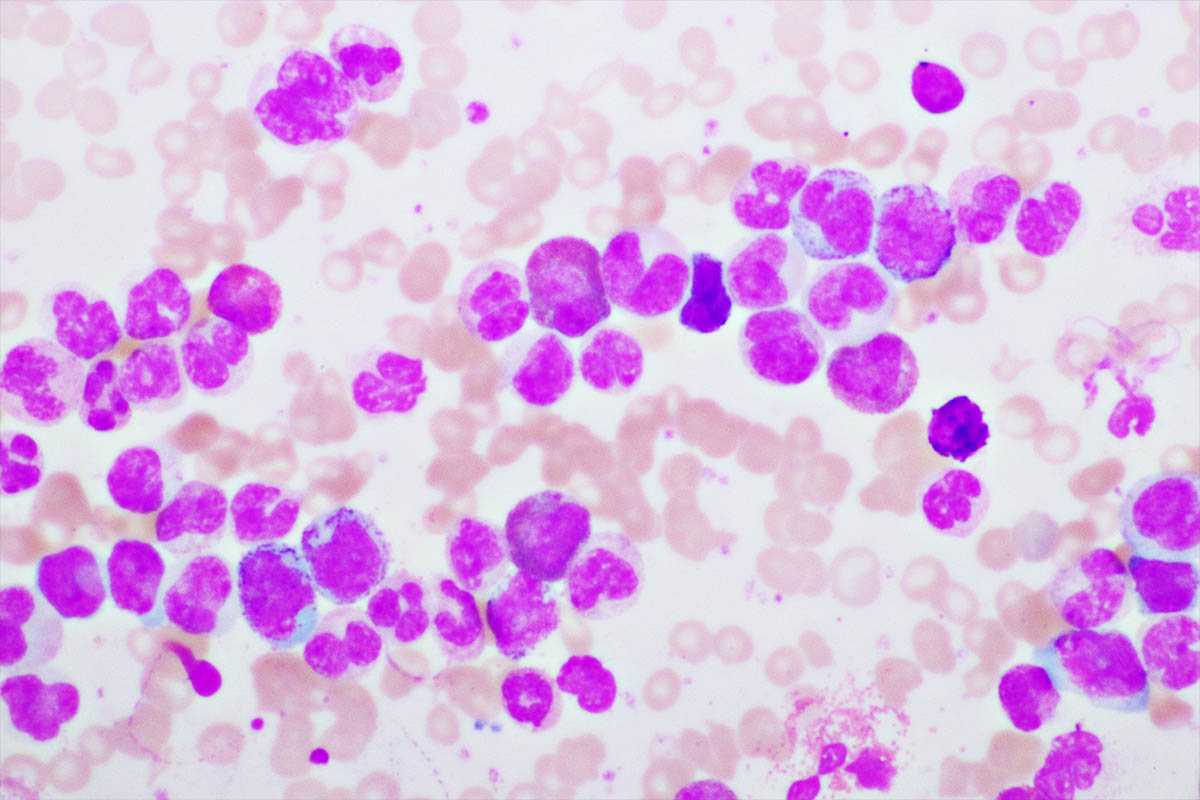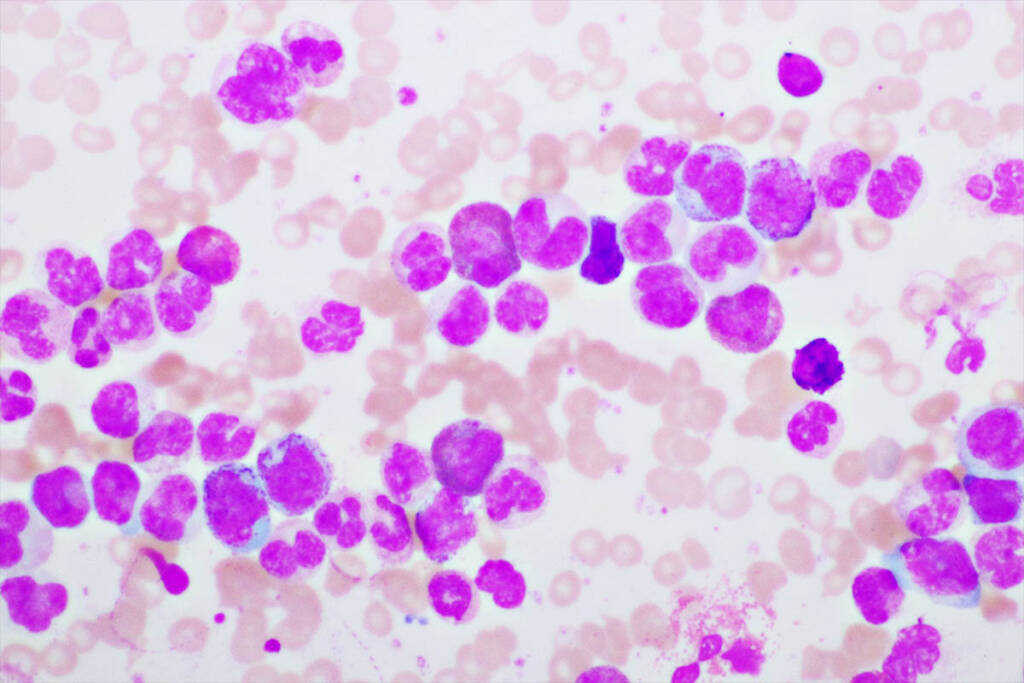Health
Chronic myelomonocytic leukemia: what it is and how it is treated

Chronic myelomonocytic leukemia is one of the most common forms of leukemia. Let’s find out how to recognize it through the symptoms and what the treatments are.
When we talk about chronic myelomonocytic leukemia we mean an increase in a specific group of white blood cells which are monocytes . It is a disease that is halfway between chronic myeloproliferative neoplasms and myelodysplastic syndromes. Its severity is usually established based on an estimate of symptoms and some blood values.
Chronic myelomonocytic leukemia: the symptoms to recognize
Lmmc leukemia, although it is one of the most common forms of this type of leukemia, is a rare form that usually occurs in adulthood.

The first symptoms that can be a wake-up call are:
– Tiredness
– Weight loss
– Fever
– Night sweats
– Bone pain
– Heaviness at the level of the abdomen
In most cases, due to the symptoms usually common to many other problems, it is discovered by chance following other routine checks or during blood tests. To these, we then add the peripheral blood smear , bone marrow sampling and other tests such as ultrasounds, x-rays, etc …
For the causes, however, at the moment it is not yet known with certainty, although it is always recommended not to expose yourself to radioactive sources, considered deleterious for any pathology of this type.
How this type of leukemia is treated
For chronic muelomonocytic leukemia, life expectancy has significantly increased in recent years and in particular thanks to the arrival of new, more powerful drugs . In fact, it is estimated that if until recently, the mortality rate was estimated within two years of the onset of the disease, today over 90% of people arrive well beyond 5 years from diagnosis. And all in a framework that is improving quite quickly.
Obviously, for an adequate prognosis a lot also depends on the severity of the disease at the time it is discovered. And this can usually be seen from a whole series of tests done at the time. Going instead to the possible treatments, for chronic myelomonocytic leukemia, the therapy currently considered most decisive is that which involves the allogeneic transplantation of stem cells from a healthy donor. However, it is a remedy that is not suitable for everyone and for which it is necessary to have certain requirements.
Alternatively, there are new drugs increasingly able to help slow the course of the disease. To these are also added experimental therapies that must be agreed with the haematologist as they must be chosen on the basis of the level at which the disease is found and other specific characteristics.
Riproduzione riservata © - WT











